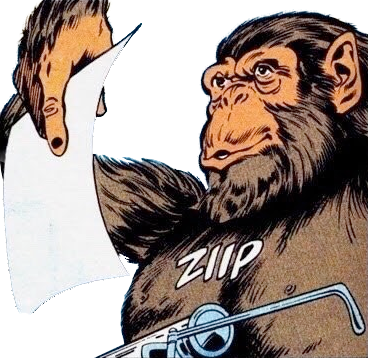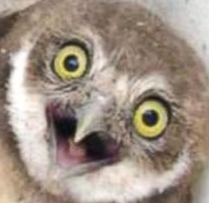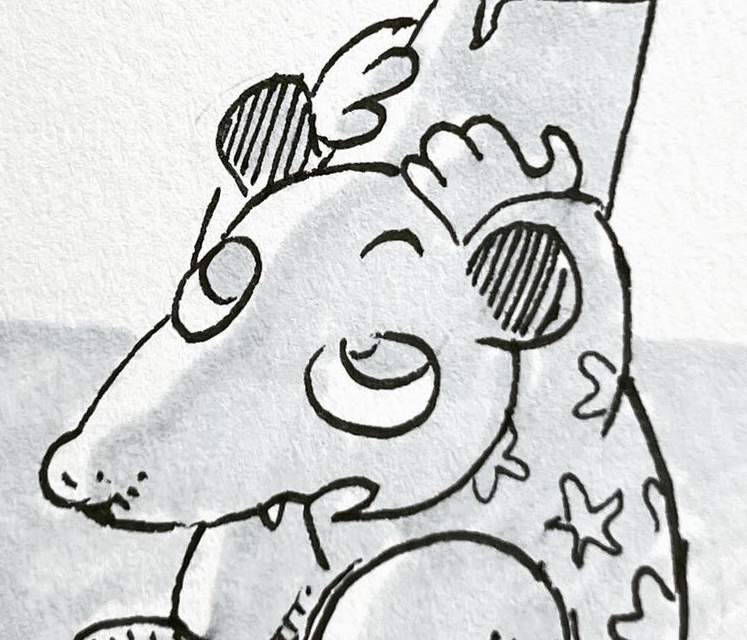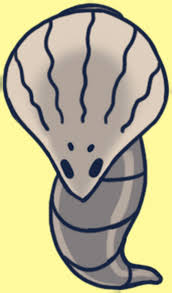In 1995, the Ministry of Agriculture descended upon Bodmin. They set up camera traps, scoured the marshland for footprints, interviewed locals. Since 1978 there had been reported sightings of some sort of black big cat stalking around this rural community. If it was out there, they were determined to find it.
They didn't.
Now conventional wisdom on the matter is that if there even was a Beast of Bodmin, it was an escaped animal from an illegal private collection. There was a lot of that going about in the 1970's as the government clamped down on the illegal trade of big cats.
But I have put my brain into action, and I've figured out what's really at play here.
Now the most commonly held belief is that the Beast of Bodmin is an escaped puma, sightings typically estimate it to be ~5ft long which is on the lower end of the scale for an adult, female puma. One problem with that though, pumas live, like, 15 years, it's been 46 and people are still allegedly catching glimpses of it. Now there are a couple possibilities immediately available here.
-
Continued sightings are because people go off into Bodmin Moor at night convinced there's a big cat about and then jump to the conclusion that any thing they catch a fleeting glimpse of, any noise they don't recognise must be the beast.
-
There's not just one, but an entire breeding population of pumas out there that the ministry of agriculture conveniently missed during their search of the moor.
-
There's some sort of super puma on the prowl with the astounding ability to live over three times the typical lifespan of its species.
-
That ain't no puma.
Of all those possibilities I think the most likely is 4).
Hear me out.
The most common description of the Beast is that of the silhouette of a large cat with white eyes. Now I had a grandmother who had terrible trouble with birds, you see her next door neighbour would leave loaves of bread out her back garden for the birds and it attracted all sortsa birds and also rats. Now what she did to stop crows pecking the sequins off her clothes or whatever was set out these little cat silhouette things that'd scare off birds (see below).

Dontcha think that looks awfully similar to the alleged picture of the Beast I used as the thumbnail.
"So someone is leaving cat cutouts in the moor for some incomprehensible reason?" Fool, think for a second with your damned fool brain. Sightings of the Beast predate the use of the cat things, but its similarities point towards one thing - mimicry. Now some types of butterfly have eye shaped patterns on their wings to trick predators into thinking they're the face of a much larger creature.
What predators, then, would be scared away through the presence of a cat? Birds. I put it to you that this "Beast" of Bodmin is no more than the sail appendage of some sort of worm, designed to scare away its natural predators.

(Artist's interpretation)
"Now what kinda bird would eat a worm of at least 5ft length?" You say, once again asking a foolish question. Simple, does not the early bird get the worm? Wouldn't then, the earliest bird get the biggest worm? I propose that it was preyed upon by dinosaurs themselves. Why then, with its natural predators deceased has it not flourished and over populated? Easy, the soil outside Bodmin Moor cannot sustain it. Perhaps it is insufficiently moist.
Let's be clear, we do not know what these worms think, we do not know what they eat, and we certainly do not know what they're planning.
Friends, be careful if you wander the moors at night, your doom may not come from the bushes or trees but the earth on which you walk.
Good luck and god help you.
It's true I went to pat a cat once and it was a worm!
I just like this case because I love how silly terms in British English can be.
not only solved one cryptocreature, you've identified a new biological feature of the lambton worm










